Bloc Diagram
The main components of the source selector are two Opto Triacs wired in a SPDT (Single Pole, Dual Throw) switch fashion (Blue and Red boxes).
In case both Triacs are ON at the same time, a source paralleling condition occurs. This means that the Inverter output and the Mains are connected together. This would create a severe short circuit because the inverter is not synchronized with the grid. The result in a damaged inverter.
To avoid source paralleling, an interlock circuit (pink box) is placed between the processor and the triacs. This circuit based on CMOS logic inhibits simultaneous activation of both triacs.
The synchro optocoupler (yellow box) generates a pulse each time the Output voltage crosses zero. This happens 100 times per second in Europe and 120 times per second in 60 Hz networks.
The microcontroller board receives the switching commands through a CAN bus. In my System, these commands are provided by the BMS (Battery Monitoring System).
A three position switch controls the operation mode:
- Automatic mode (middle position) : the selected switch is controlled by the CAN bus
- Solar mode: the Solar Opto Triac is always on, regardless of the CAN bus commands
- Grid mode: the Grid Opto Triac is always on, regardless of the CAN bus commands
Three LEDs indicate the operation mode and the selected source.
A manual override Circuit Beaker is usefull in case of failure of the box.
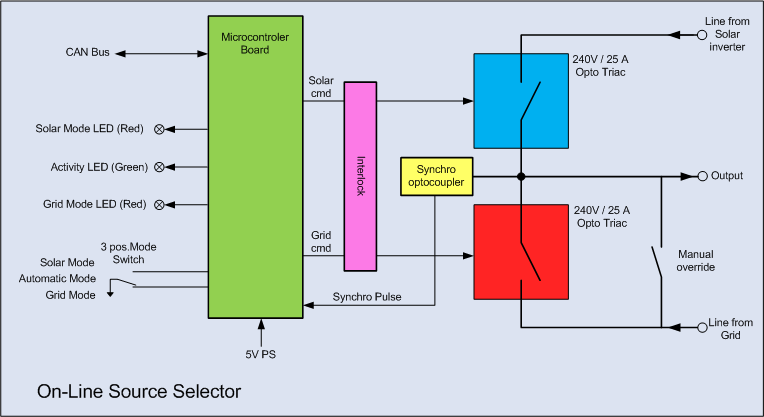
About the Microcontroller Board:
I have chosen an Embedded Artist AOAA board. This board is really fantastic and I was sure, at the beginning that it would have enough I/Os and power to do the job. Of course, this board is overkill and people ask me if such and such board would do the job as well:
1 - Any Arduino or Atmega based board can do the job
2 - Any PIC micro can do the job
3 - A Raspberry Pi or any linux based board is definitely NOT a good choice for this application
 Michel Kuenemann
Michel Kuenemann
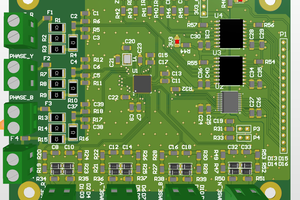
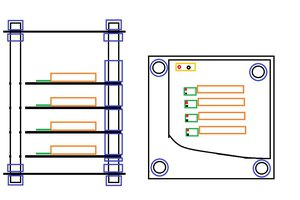
 cyplesma
cyplesma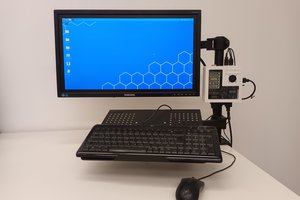
 Timo
Timo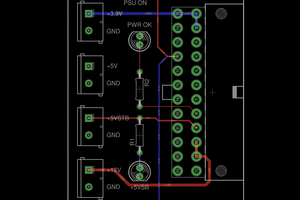
 Dave's Dev Lab
Dave's Dev Lab
Hi Marcus,
Danke sehr für den "Skull".
Yes, the SW may ask to switch to solar in case of a sudden loss of grid power. But this is not so easy to do - I explain why:
In my application, I use the grid power only when the batteries are low... In this case, the inverter is down - We must keep in mind that an inverter has a self consumption of about 1 KWh per 24 hours - that's quite a lot - Impossible to let it on when the batteries are low !
So if the OLSS detects a loss of grid power, it has to ask first to the BMS to switch the inverter ON and then, the OLSS can switch to Solar Power. This will take a few seconds during which your flat will be in the dark...
Once in solar mode, the batteries will be drained. If you do not want to overdischarge them, the BMS should allow using the batteries only for a short amount of time and then shut the inverter down to spare the batteries, whether the grid is back or not.
I thought about implementing this feature, but to my opinion, it is too complicated and dangerous for the battery health for a small benefit. In my area, the grid is very reliable, and failures last for a few minutes generally.
But, as you see, the OLSS Mode Switch allows to go to solar power at any time - So it is always possible to do it manually. But I think this must be a human decision, not a machine based decision.
I hope I have answered your questions.
Schöne Grüsse aus dem Elsass,
Michel